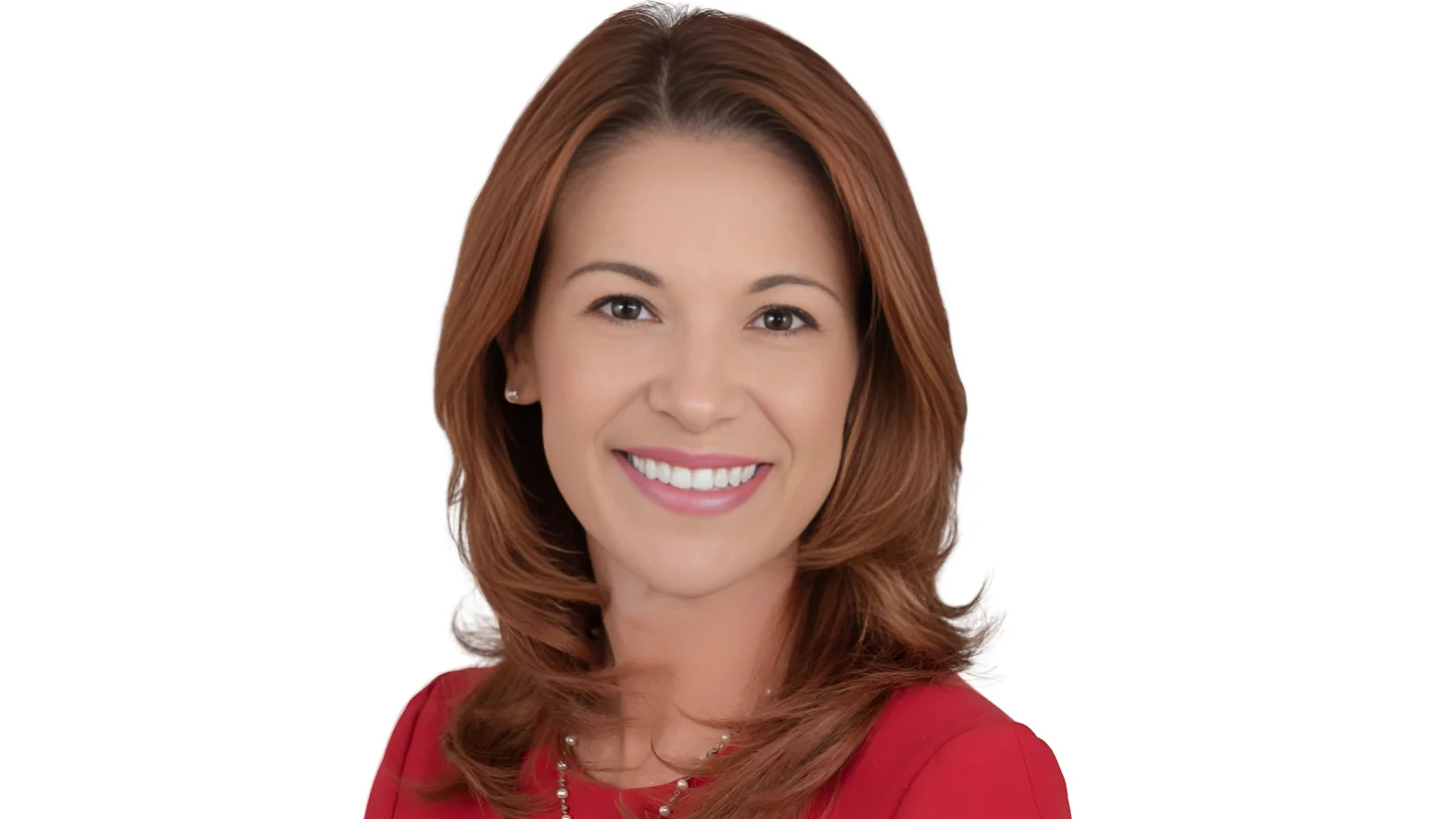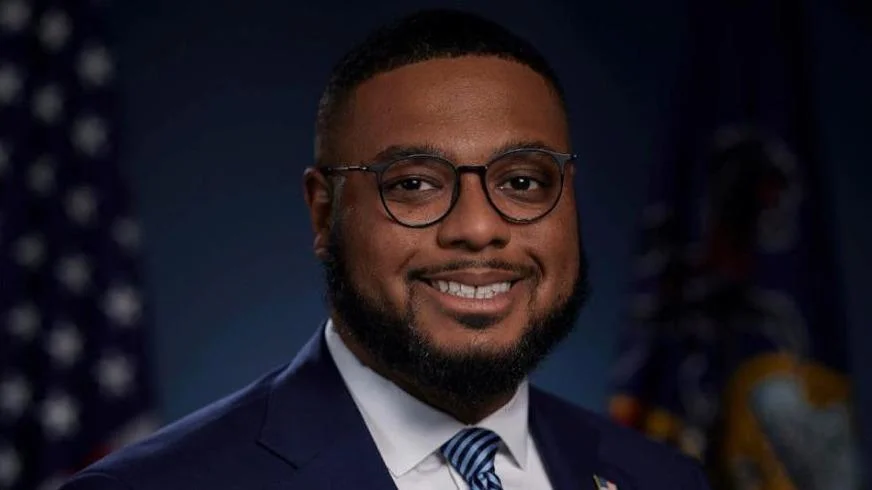
More than 336,000 students in Utah last year were enrolled in on-line education. | Pixabay
Teachers are expressing more interest in learning how to instruct students virtually in the event COVID-19 persists, according to an education advocacy organization.
“It's the training teachers need, giving them that added support on the tech level, teaching them how to create lessons and how to ensure that students finish the work,” said Tera Collum, executive director of the Travis Institute of Educational Policy. “A big complaint over COVID-19 is that students didn't do the work.”
The Travis Institute is finding that school districts nationwide are planning to expand online education for K-12 students in the coming academic year and that teachers want to prepare.
“The interest in online classes is because of COVID-19,” Collum told the Education Daily Wire. “If COVID-19 is still active come September, then administrators will be wondering how to teach kids. Some school districts are already talking about half the kids at home, half the kids at school and blending the online with bricks and mortar.”
As of May 27, there were nearly 1.7 million coronavirus cases in the U.S. and more than 100,000 deaths, according to the CDC.
Because of the need to accommodate virtual classes to enable social distancing in the event COVID-19 persists, Collum foresees more teachers becoming Google-certified.
“Google classroom has great tools teachers can use,” she said. “Most districts have people in place who have done the training with Google and then train teachers in the district to use it.”
Another way school districts are planning to enable social distancing, if a COVID-19 surge requires it, is by rotating the number of students in and out of classrooms, according to Collum.
In Ohio, for example, a task force is reviewing bricks and mortar alternatives, such as one group of pupils attending classes onsite Mondays and Wednesdays and another group attending on Tuesdays and Thursdays, as previously reported in the Cleveland Plain Dealer.
“In school districts in Dallas-Fort Worth, they have already talked about rotating kids in and out of classrooms,” Collum said in an interview. “They are waiting to see how summer goes.”
Children learning virtually isn’t new, according to media reports.
Last year there were 336,586 pupils enrolled in courses through Utah’s online education network while in the state of Florida a virtual school liaison is assigned to every school district, said Emily Sass in her Texas Public Policy Foundation expose. Online education offered on a full-time basis only occurs at charter schools and six school districts in Texas.
But with the concept gaining momentum as a way to curb the spread of COVID-19, Collum promotes appropriate support for online teaching by all school districts.
“They have to make sure that students understand that this is school,” she said. “Online learning from home is not just something to play with. It's serious school just as if you were sitting at a desk in a classroom.”





 Alerts Sign-up
Alerts Sign-up